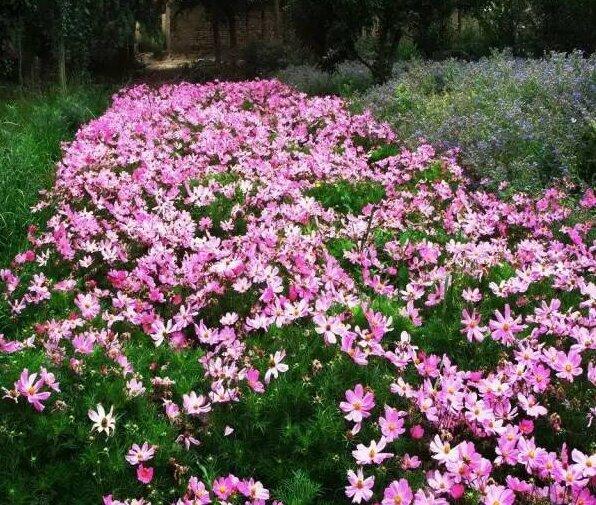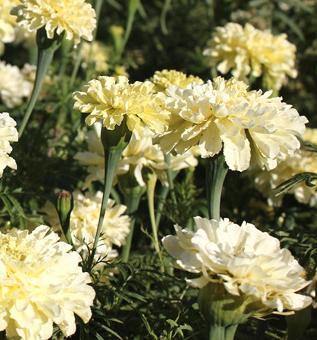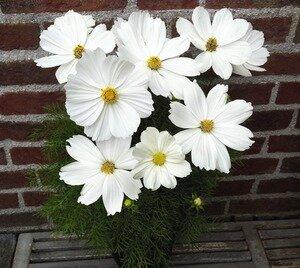Once upon a time, there was a unique plant called Dianthus. It possessed magical powers that could make people feel loved and appreciated. Legend has it that when a Dianthus bloomed, it emitted a sweet fragrance that brought joy to anyone who encountered it. People believed that if they placed a Dianthus near their loved ones, it would strengthen their bond. Dianthus became a symbol of love and affection throughout the land. It taught people the importance of expressing love and spreading happiness. This remarkable plant continues to enchant hearts even to this day.
Picture
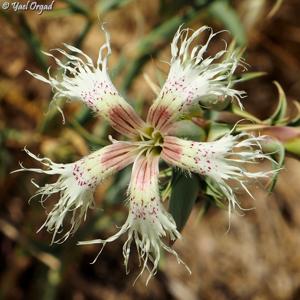
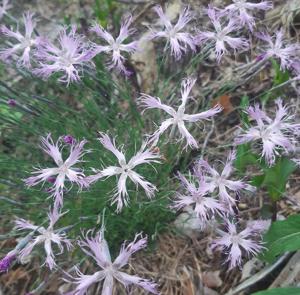
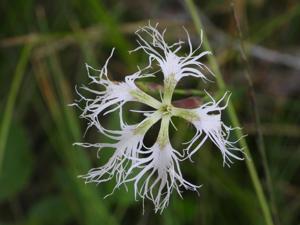
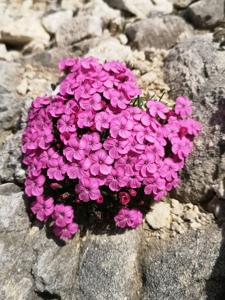
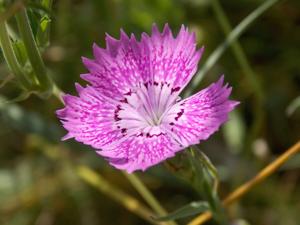
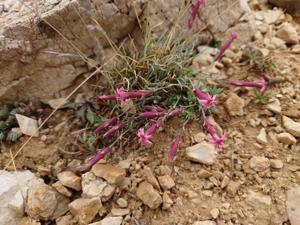
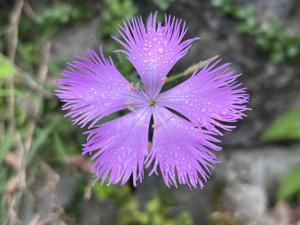
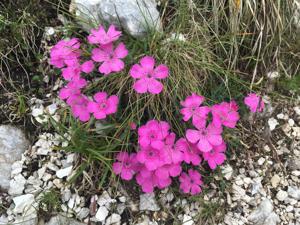
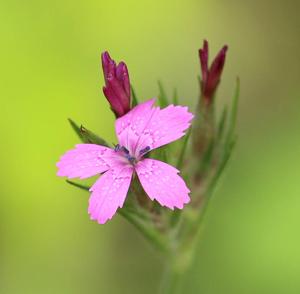
Plant some seeds now!
Short Description
Dianthus (/daɪˈænθəs/ dy-AN-thəs) is a genus of about 340 species of flowering plants in the family Caryophyllaceae, native mainly to Europe and Asia, with a few species in north Africa and in southern Africa, and one species (D. repens) in arctic North America. Common names include carnation (D. caryophyllus), pink (D. plumarius and related species) and sweet william (D. barbatus).
Description
The species are mostly herbaceous perennials, a few are annual or biennial, and some are low subshrubs with woody basal stems. The leaves are opposite, simple, mostly linear and often strongly glaucous grey green to blue green. The flowers have five petals, typically with a frilled or pinked margin, and are (in almost all species) pale to dark pink. One species, D. knappii, has yellow flowers with a purple centre. Some species, particularly the perennial pinks, are noted for their strong spicy fragrance.
Species
Cultivation
Since 1717, dianthus species have been extensively bred and hybridised to produce many thousands of cultivars for garden use and floristry, in all shades of white, pink, yellow and red, with a huge variety of flower shapes and markings. They are often divided into the following main groups:
Border carnations – fully hardy, growing to 60 cm (24 in), large blooms
Perpetual flowering carnations – grown under glass, flowering throughout the year, often used for exhibition purposes, growing to 150 cm (59 in)
Malmaison carnations – derived from the variety ‘Souvenir de la Malmaison’, growing to 70 cm (28 in), grown for their intense “clove” fragrance
Old-fashioned pinks – older varieties; evergreen perennials forming mounds of blue-green foliage with masses of flowers in summer, growing to 45 cm (18 in)
Modern pinks – newer varieties, growing to 45 cm (18 in), often blooming two or three times per year
Alpine pinks – mat-forming perennials, suitable for the rockery or alpine garden, growing to 10 cm (4 in)
Over 100 varieties have gained the Royal Horticultural Society’s Award of Garden Merit (see the List of Award of Garden Merit dianthus).

